 | |||
 | |||

|
Guerrillero Heroico (English: "Heroic Guerrilla Fighter") by Alberto Korda (1960)
(note: much of the information this article is abbreviated from the Wikipedia entry "Guerrillero Heroico." Read it for more details, analysis, and history of the photo.) The iconic photograph of Marxist revolutionary Che Guevara (below) taken by Alberto Korda in 1960 is, according to the Maryland Institute College of Art, the world's most famous photo. (Alberto Korda (1928-2001) was also known as Alberto Gutierrez, or just the single name Korda.) 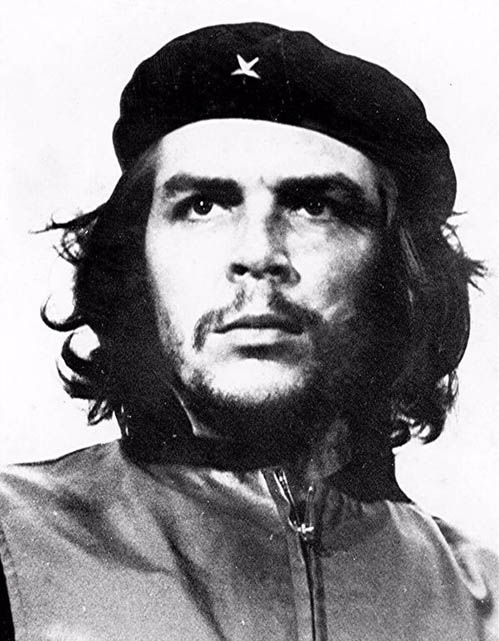
(photo by Alberto Korda) Versions of the photo have been painted, printed, silk-screened, or sketched on nearly every surface imaginable, leading the Victoria and Albert Museum to say that the photo has been reproduced more than any other image in photography. 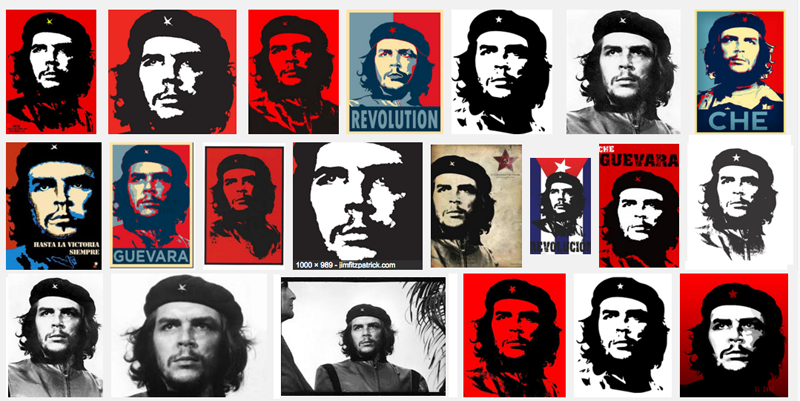
This 5-story relief sculpture of it can be found, for example, on next to the Plaza of the Revolution in central Havana. 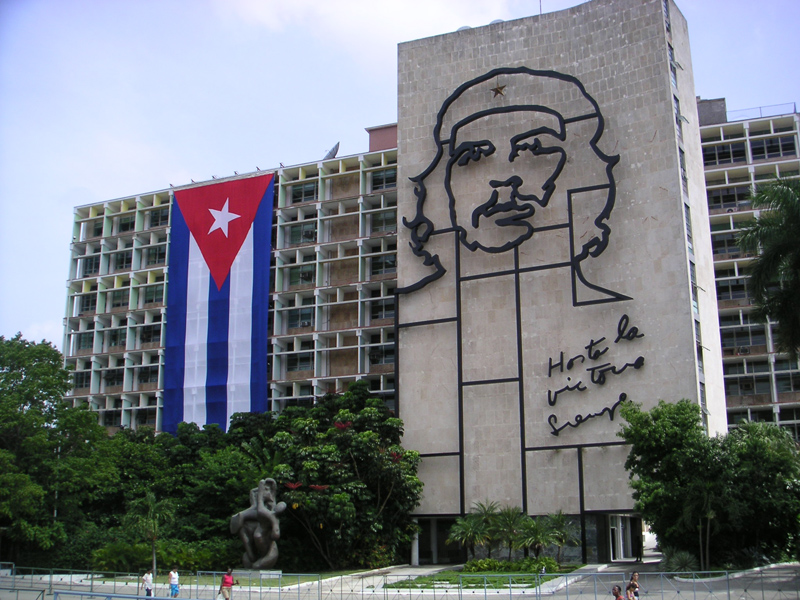
Parodies of it abound. 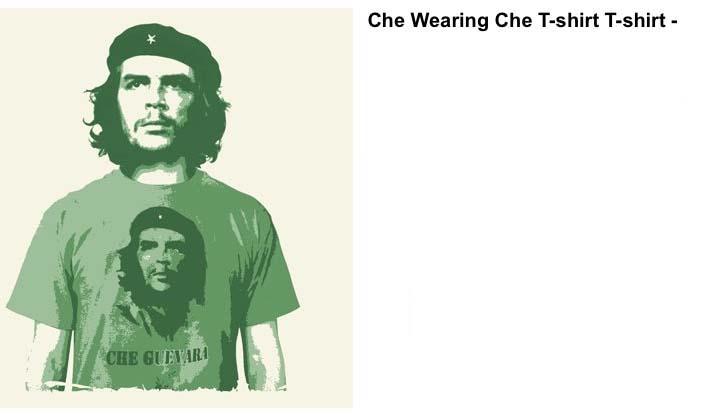
The photo was taken on March 5, 1960, in Havana, Cuba, at a memorial service for victims of the explosion of a munitions boat, the La Coubre, the day before in Havana Harbor (more on this later). Guevara was 31 years old at the time. The photo is most often referred to as "Guerrillero Heroico," which in English is: "Heroic Guerrilla Fighter." The original photo had the profile of a man on the left and a palm tree on the right, but they have been edited out as the photo was reproduced throughout the world. 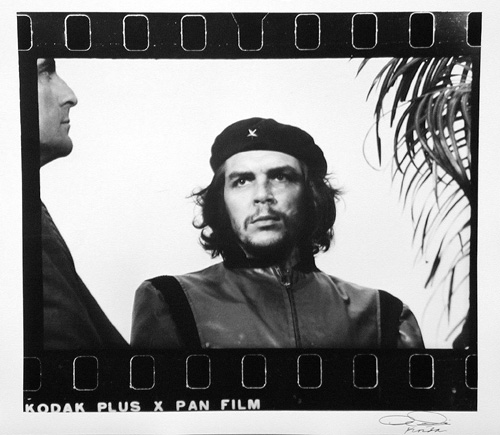
(photo by Alberto Korda) This is a composite illustration of the stage Che was on when the picture was taken. That's Fidel Castro giving a memorial speech to those who died in the explosion. 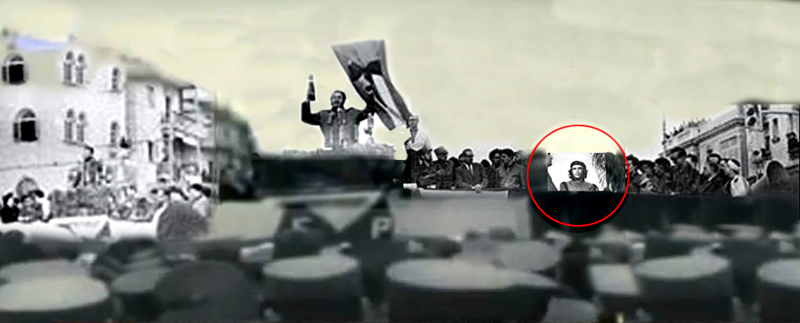
Here's a close up of that. 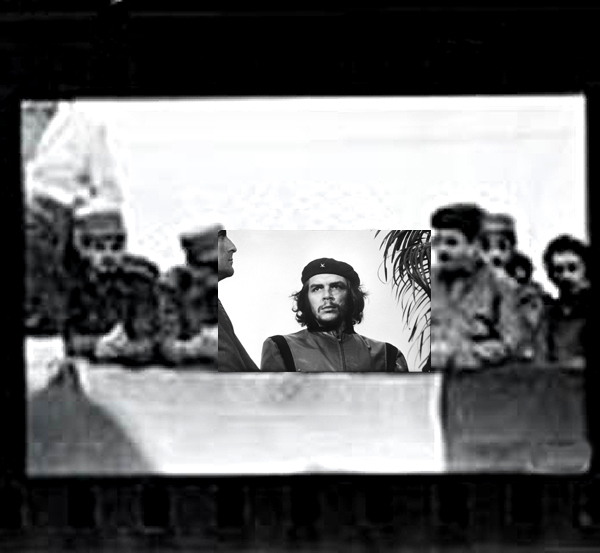
And here' a mock up the present day location where the photograph took place: on a temporary stage at the intersection of Avenida 23 and Calle 12, in the Vedado District of Havana. The palm tree behind Che would have been in front the tall white building on the corner. 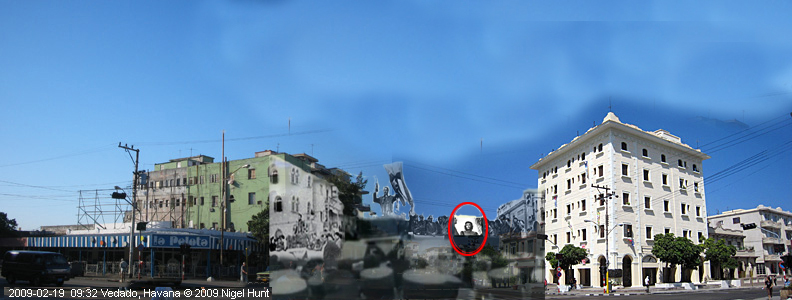
Just to the right of where the stage was, there is a memorial sculpture commemorating Castro's speech of that day. I have circled the location in red. 
This is a close up of the relief sculpture from a video. 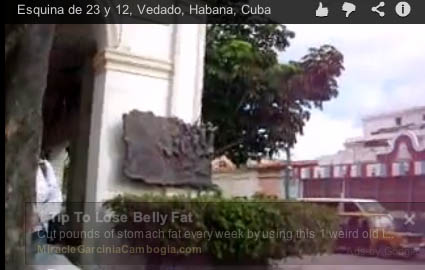
This is a better view. The plaque is called The Socialist Revolution Plaque and celebrates the march and Castro's speech of that day. 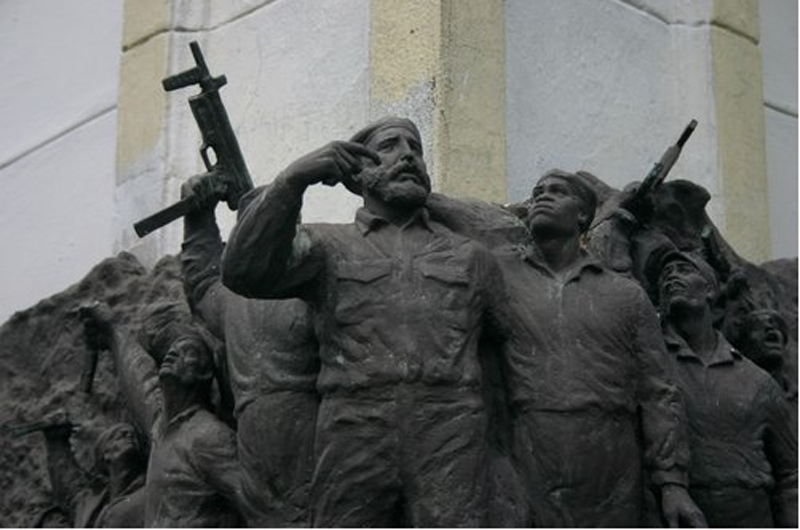
(photo by Hans Sterkendries/Google Earth) A little bit of background history. Now that you have the basic information about where on the stage the photo was taken, let's backtrack so I can give you a little bit more detail about the events of the day day and how Korda happened to take that particular photo. First off, here's a map of where Cuba is located, for all you folks a little rusty on your geography. 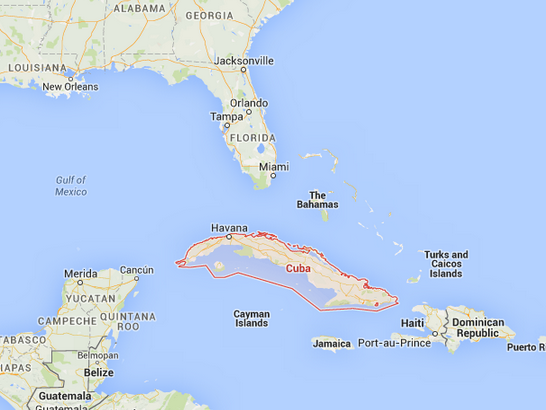
And here's an aerial photo of Havana. You can see it that is has a large harbor. 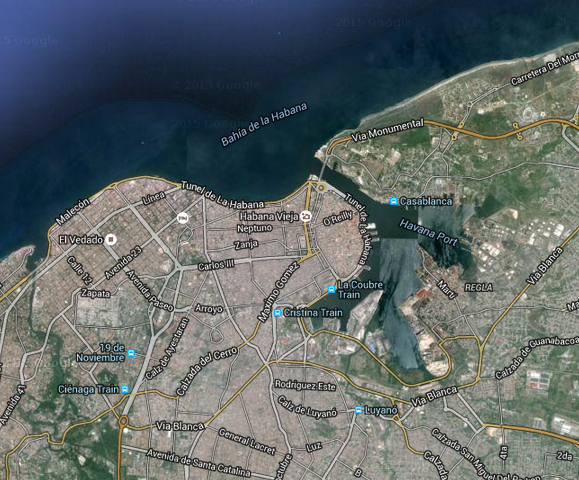
Castro and his revolutionaries had forced the current Cuban dictator - General Batista - to flee the country on December 31, 1958. Castro entered Havana a little over a week later on January 8th, 1959. About fourteen months later, on March 4th, 1960, while a large French freighter called La Coubre was being unloaded of its cargo of munitions in Havana Harbor - it blew up, killing almost 100 people and injuring 200 others.* *(It is still unclear if the ship up blew up accidentally (as if a spark ignited some of the munitions), or if it was blown up intentionally as an act of sabotage. An American-backed forced did invade Cuba a year later - on April 17, 1961 at the Bay of Pigs, but the incidents more likely are totally unrelated, although that is still disputed.) Here's a picture of the ship called La Coubre (The Snake) after the explosions (there were two). 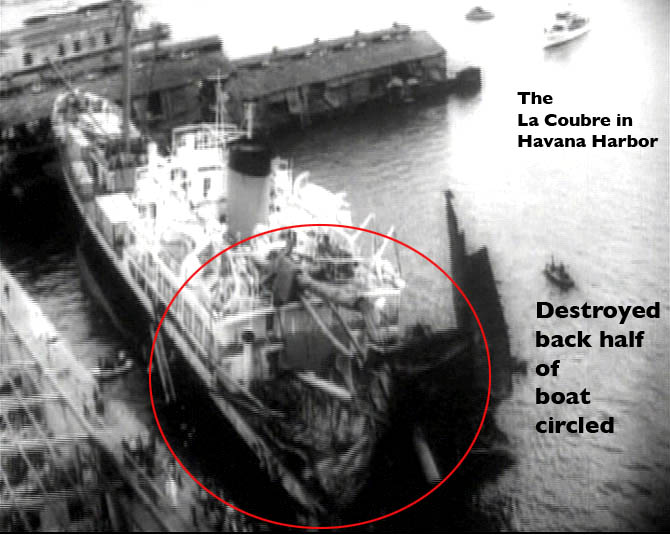
Castro blamed the United States and the C.I.A. for blowing up the ship, so on March 5th he called for a march, a mass demonstration and a memorial service to honor the victims near Havana's Colon Cemetery (i.e. Columbus Cemetery; full name: "Cemetario de Cristóbal Colón") where the dead were to be interred. At the time, Che Guevara was Minister of Industry in the new government, and Alexander Korda was Castro's official photographer. The funeral march was held along a major Havana Street named Avenida 23 (English: Avenue 23) which is also known as La Rampa and is filled with cinemas, nightclubs, and restaurants. It runs through an area of Havana known as the Vedado District. Large crowds gathered and marched along the route to the cemetery. Here's a shot of the march. 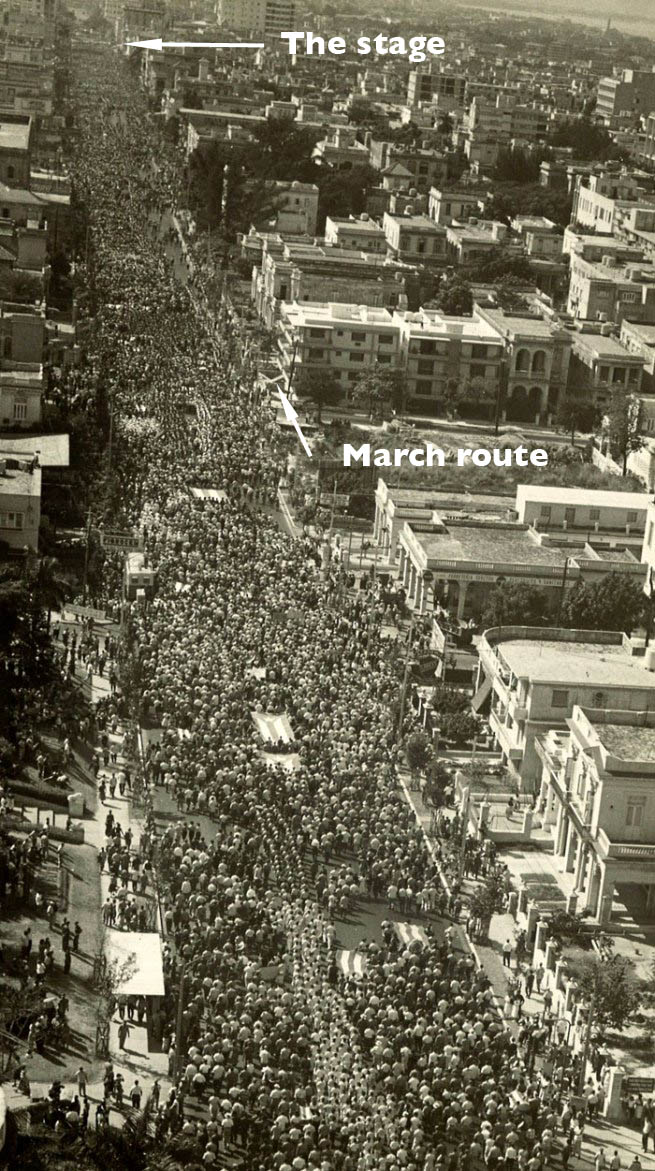
Castro (left) and Che (middle) were among those leading the march down La Rampa toward the Colon Cemetery. 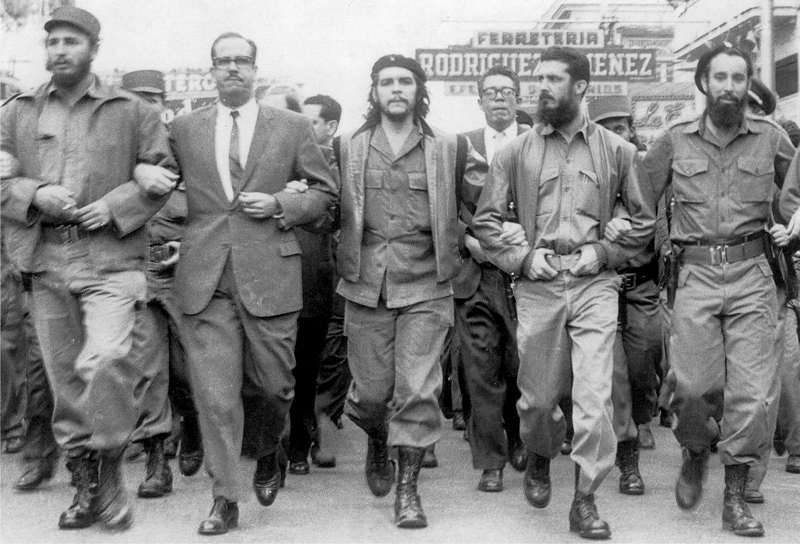
When the marchers reached the intersection of Avenida 23 and Calle 12 (i.e. Avenue 23 and 12th Street), they began the memorial ceremony on a makeshift stage that had been set up at the intersection about two blocks from the Cemetery. This grainy photo is a screen capture from YouTube of a Spanish Language video showing the march and rally at which Che's photo was taken. It is the only picture I could get of the temporary stage that had been built across the intersection. You can see the hats of the soldiers in the front. 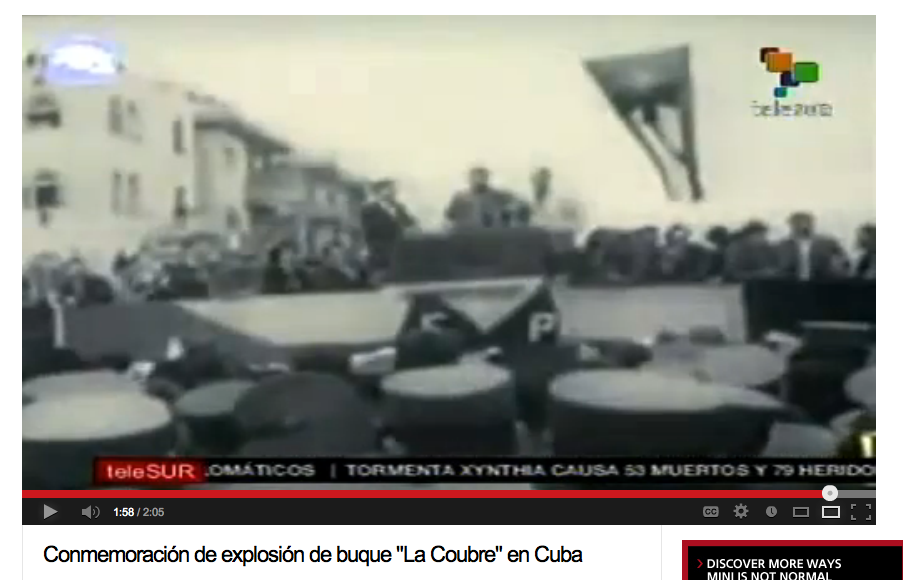
(photo via TeleSur) Here it is with one of Korda's pictures of Castro speaking, which I inserted. (I was not able to find actual photos of the event other than the video and Korda's photos.) Castro's fiery speech is famous for incorporating the phrase "Patria o Muerte" ("Homeland or Death") for the first time. 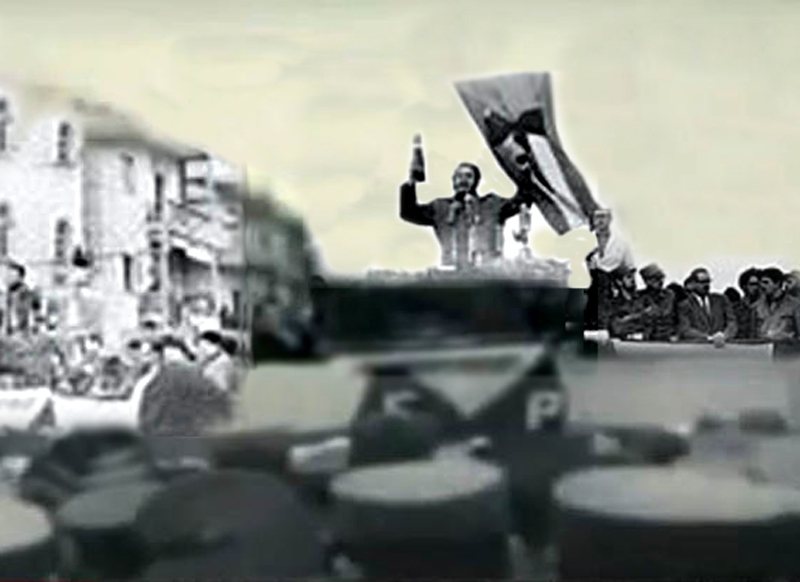
Here's another mock-up of the scene from further back. In this one I've taken some frames from Korda's proof sheet and inserted them into the stage 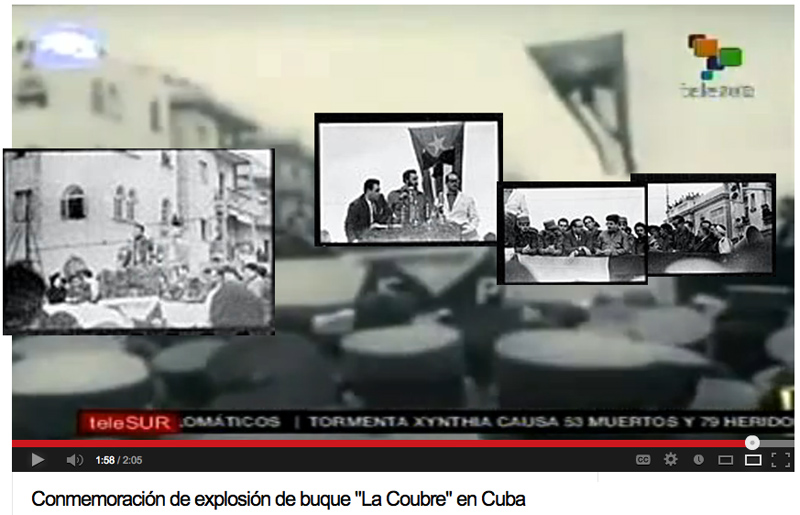
Here, below, is Alberto Korda's proof sheet of the event. I have circled the famous shot of Che. 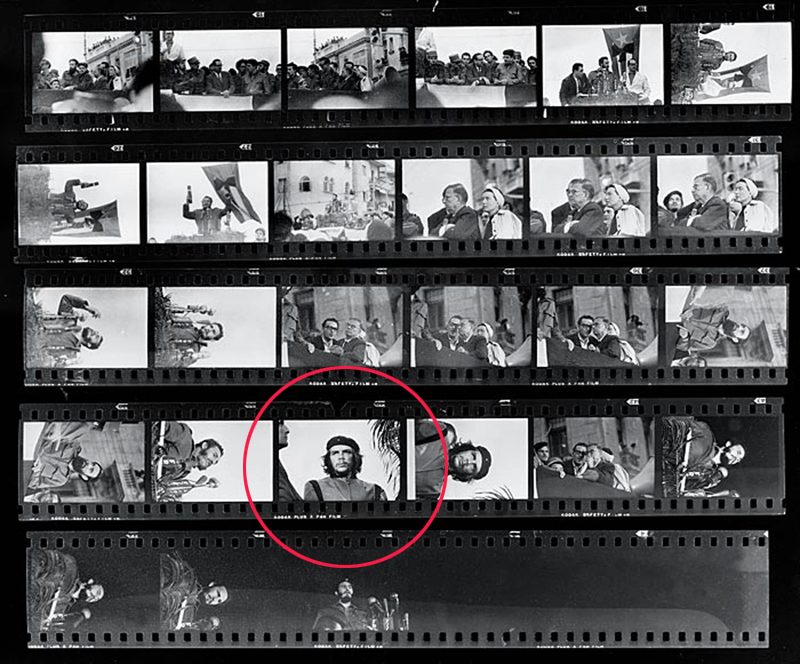
(photo by Alberto Korda) To take the photo, Korda used a Leica M2 with a 90 mm lens, loaded with Kodak Plus-X pan film. In speaking about the method, Korda remarked that "this photograph is not the product of knowledge or technique. It was really coincidence, pure luck." Korda was at the rally to record the event. He did not intend to take a portrait of Che. The opportunity just arose by chance. During the rally, Korda took pictures of Cuban military figures and the famous French existentialist philosophers Jean-Paul Sartre and Simone de Beauvoir, both admirers of Guevara, who happened to be visiting Havana at the time. They are pictured in the second, third, and fourth row down of the proof sheet. 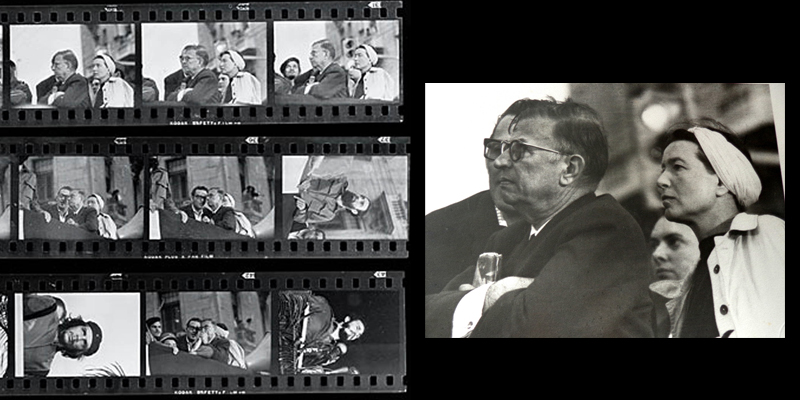
(photo by Alberto Korda) When a gap opened up among the people on the front row of the stage, Korda could see Che moving forward from the back of the stage. Quickly, he Korda snapped his two famous shots of Che. The photo below is the one that has been reproduced countless times. 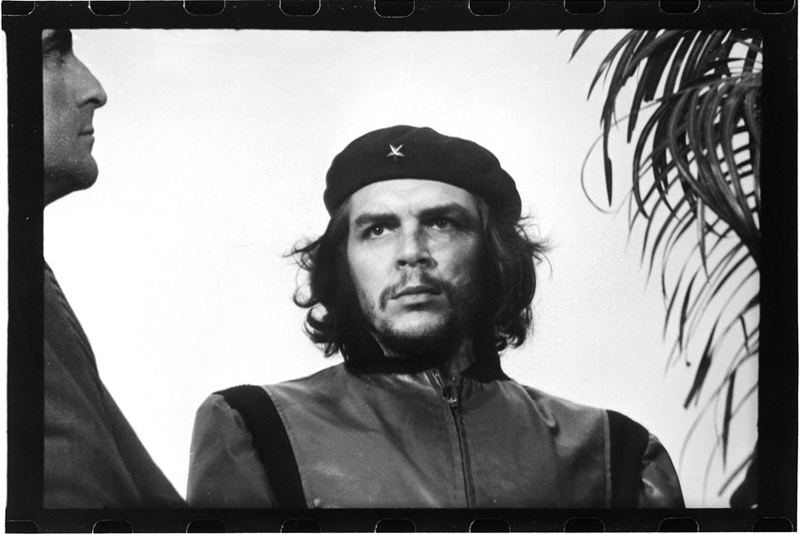
(photo by Alberto Korda) The vertically-framed shot of Che below has also been reproduced many times (with the man's forehead in back edited out), but Che's gaze is more "offscreen" and the image is considered to have less impact than the more popular photo. 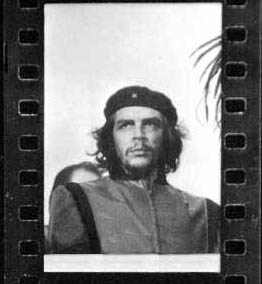
(photo by Alberto Korda) When the group of people at the front right of the stage happened to "spread apart," leaving a view to the back of the stage, Korda saw Che come into view and took his two shots him. "Korda immediately realized his photograph had the attributes of a portrait. Later, Korda said of this photograph, "I remember it as if it were today. Seeing him framed in the viewfinder, with that expression. I am still startled by the impact - it shakes me so powerfully." (Wikipedia) 
Here's a closer version of the Che part of the photo. 
This is a composite I made summing up the photo for the PopSpots Facebook page. (note: If you drag the photo onto your desktop, you can send it to friends or put it on your Facebook page.) 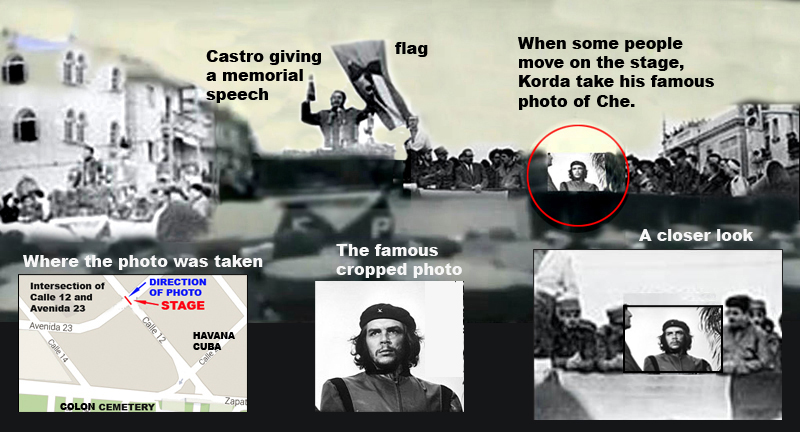
And an abbreviated version. 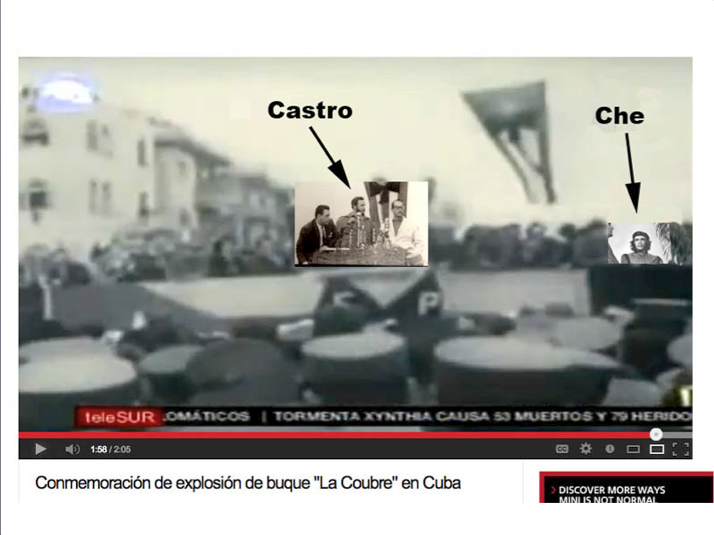
This picture shows the buildings to the left and how the windows and roofs match up. The building on the corner is now a well-known cafeteria called La Pelota. It is famous as a baseball fan's restaurant; thus the name, which means "the ball." 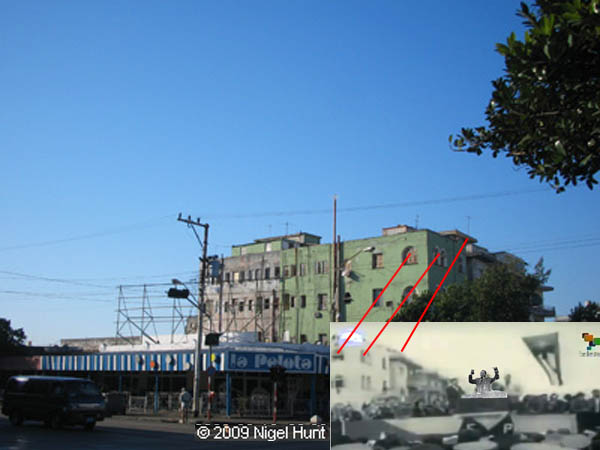
(photo by Nigel Hunt) In this photo you can see from Le Pelota (left) to the tall white building on the right, that is in the background of the stage on the righthand side. 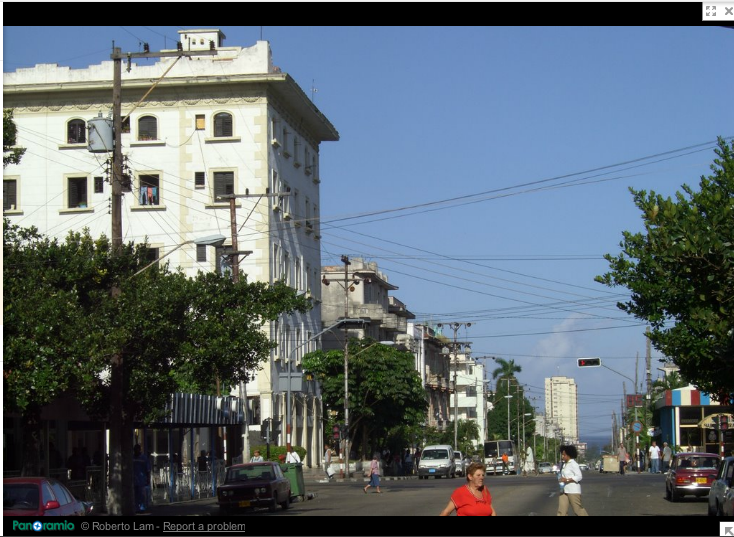
(photo by Robert Lam) This man was on stage right. Behind him is a window with a balcony. 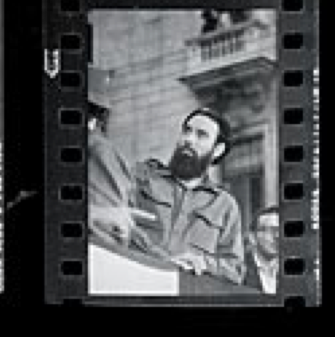
Here's another view of the tall white building that was in back of the stage on the right hand side. You can see that presently, it does not have balconies. 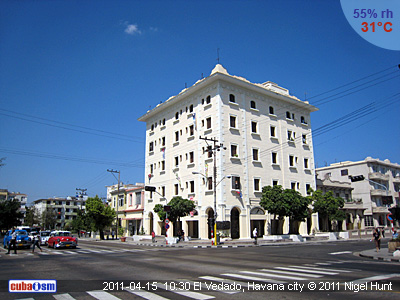
(photo by Nigel Hunt) But it used to have balconies when the Che picture was taken, as you can see in the black outlines. 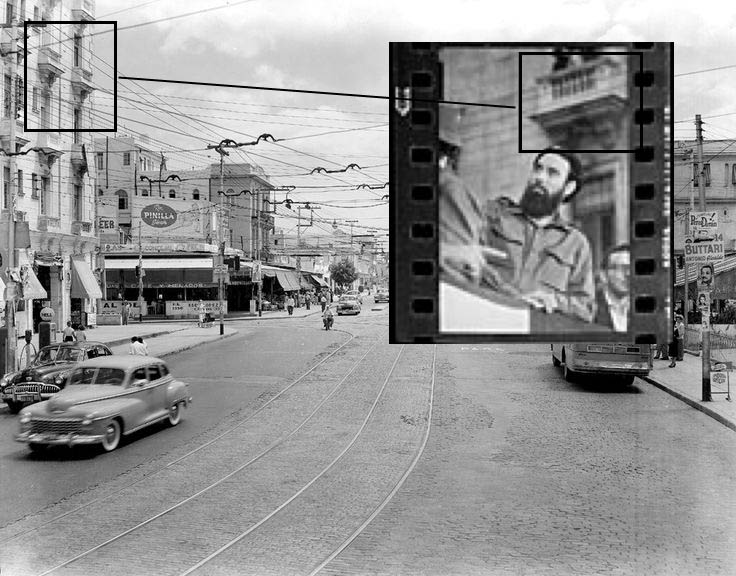
That picture was taken in 1950 at the exact intersection where the stage went across. 
Here's where the stage would have been. I've marked where Che would have been standing, facing the crowd which would have been at the back of the picture. 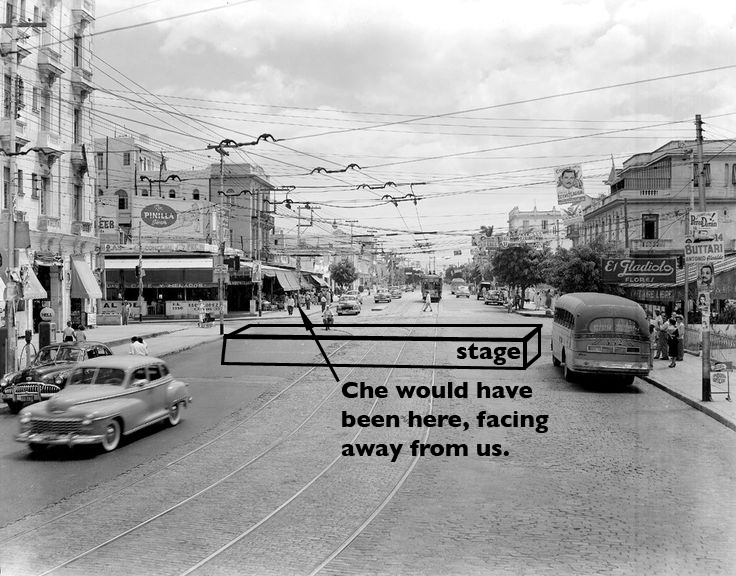
Here's the mock-up again of where the stage was between these two buildings. 
(photo by Nigel Hunt) In case you go here, I will show you the other two buildings on the opposite corner from these buildings. This is the restaurant called "Cafeteria 23 and 12" on the corner directly opposite the tall white building. 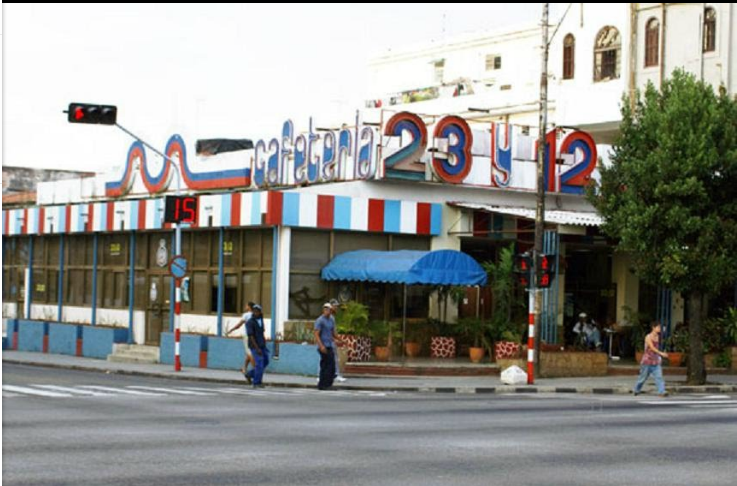
And this is the building on the other east corner 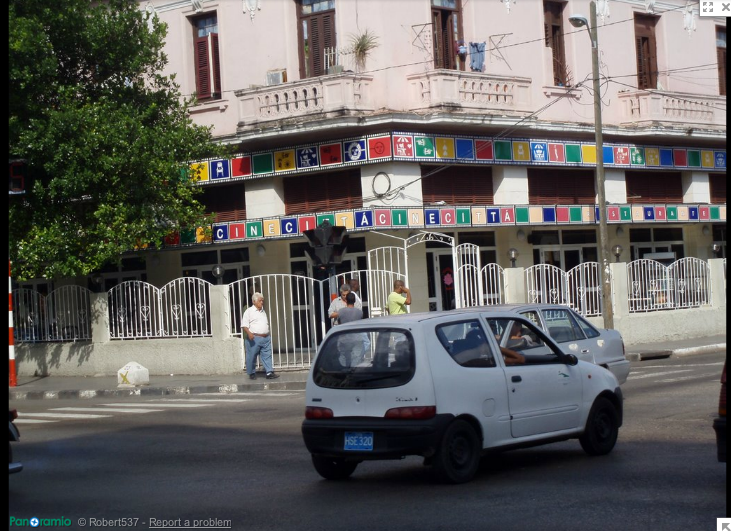
(photo by Robert537) If you click this video, you can see a short video of all four corners of the intersection. And to show you how close the cemetery was, this picture, taken from the green building above Le Pelota Restaurant above the intersection, shows the grand entrance is the gate to the Colon Cemetery a block to the south. 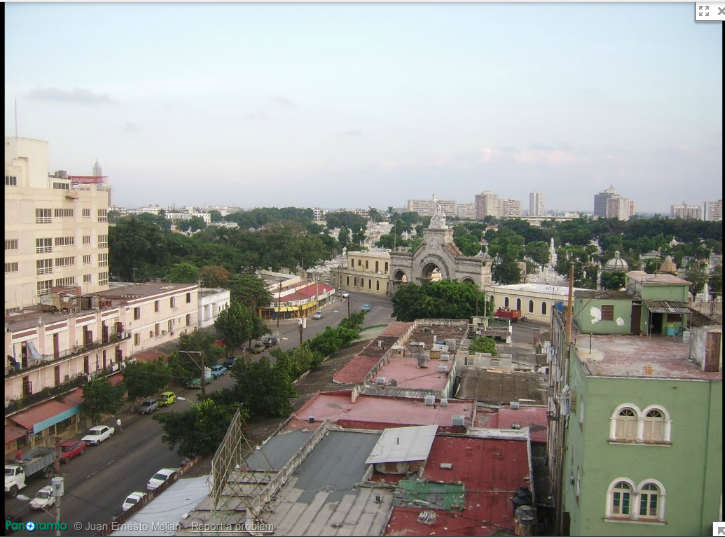
(photo by Juan Ernesto Melian) Here's a map to show you the march route and where the Che portrait was taken. 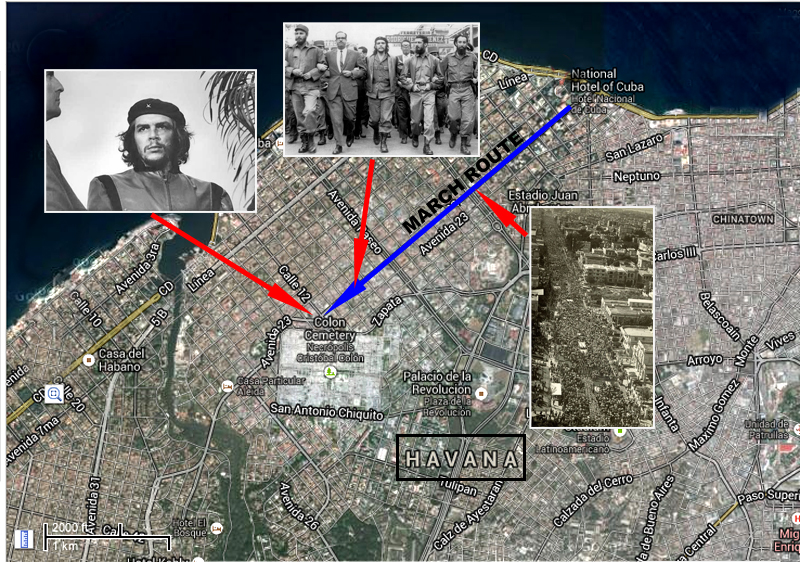
And to wind things up, here's a map to show you the stage was at 23rd and 12th in relation to the cemetery. 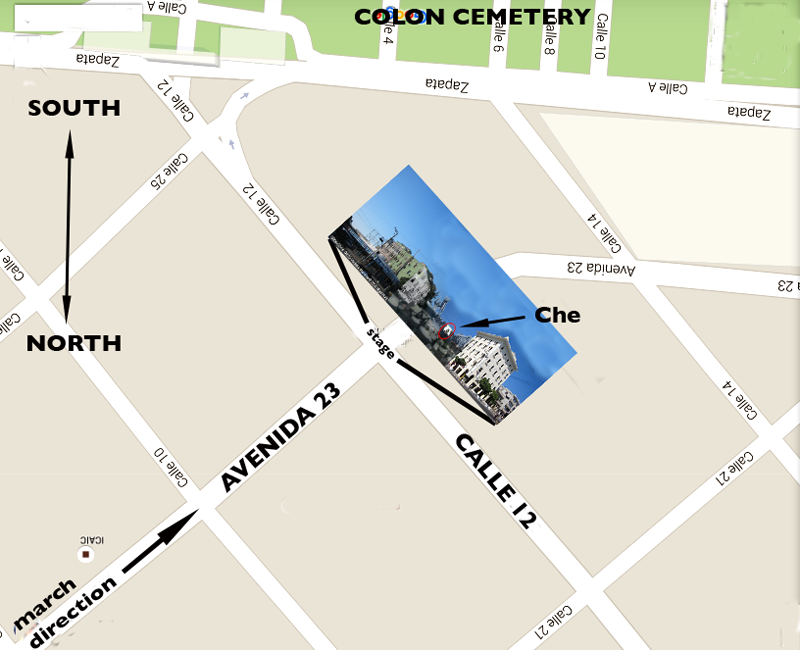
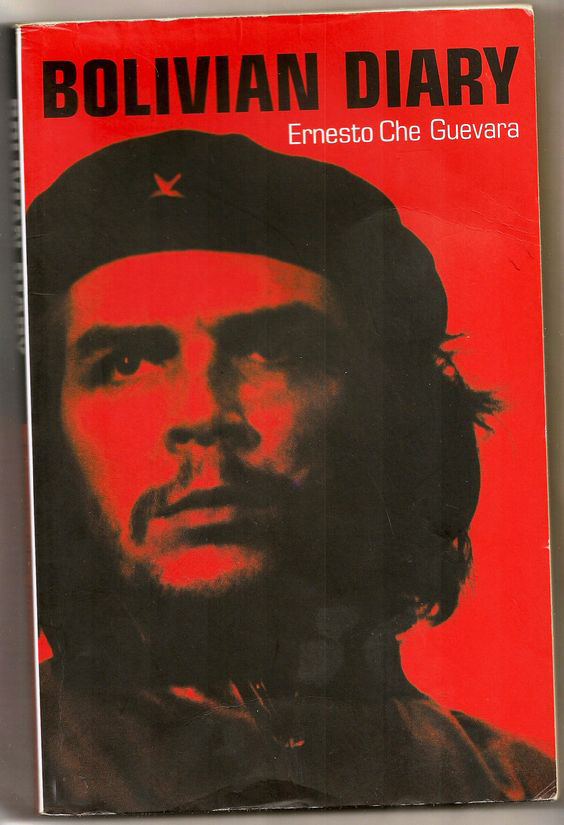
(One of the many editions of Bolivian Diary with Che's picture on the cover. Aftermath: How the photo spread throughout he world: The editor of Revolución, the newspaper where Korda worked, decided to use only Korda's shots of Castro, Sartre, and Beauvoir, and he returned the film roll that had the two Che shot son it back to Korda. But, knowing that the image he had captured was powerful and unique, Korda made a cropped version for himself, which he enlarged and hung on his wall in his studio next to a portrait of the Chilean poet Pablo Neruda. He also gave copies to some others as a gift. Meanwhile, 7 years later, in 1967, an Italian publisher named Giangiacomo Feltrinelli was about to publish Che Guevara's "Bolivian Diary" and was looking for a cover shot. Cuban officials put him in touch with Korda. The publisher distributed thousands of posters of the picture throughout Europe to drum up support for Che, who was still in Bolivia but near capture. Then, after Che was killed, he released Che's "Bolivian Diary" which was a bestseller worldwide and began the spread of the photo. For more details about Che's life in Bolivia and the later spread of the photo, see the Wikipedia entry "Guerrillero Heroico." 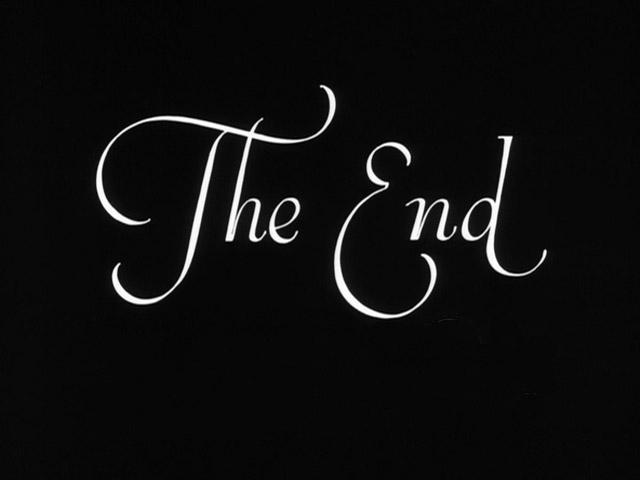
|
||
